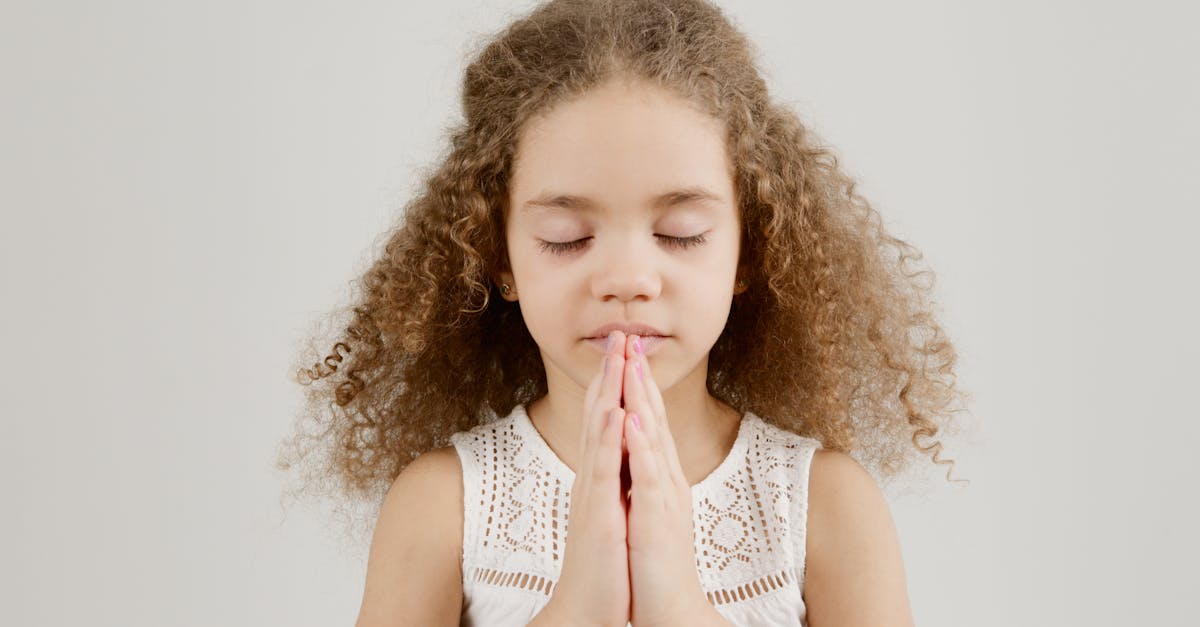Here’s a warm, and clear explanation of the relationship between Creativity and the Character Strengths in the Virtue of Temperance. These strengths—Forgiveness and Mercy, Humility and Modesty, Prudence, and Self-Regulation and Self-Control—help children stay balanced, thoughtful, and kind. Creativity supports each of these inner strengths with imagination, empathy, and personal expression.
💛 1. Forgiveness and Mercy
What is Forgiveness and Mercy?
Forgiveness means letting go of anger or hurt when someone makes a mistake. Mercy is about being kind instead of being harsh. A forgiving person understands that everyone can make mistakes—including themselves. They don’t hold grudges or try to punish others. Instead, they give others a chance to learn and grow.
Relationship Between Creativity and Forgiveness
Creativity helps children understand what others might be feeling. In stories, art, or drama, they step into different roles—maybe even the one who made the mistake. This helps them imagine why someone acted badly and what they felt afterward. Creative thinking turns anger into understanding. For example, a child might write a story where two friends fight, feel sorry, and forgive each other. This helps them realize how healing works, making it easier to forgive in real life.
How Creativity Improves Forgiveness and Mercy
Children can draw or write about their feelings when someone hurts them. This safe creative space helps them calm down and understand their emotions. Then, they can imagine the other person’s side and feel empathy. Art and storytelling help release negative emotions and replace them with healing thoughts. With creative practice, forgiveness becomes a choice made with heart, not just rules.
Summary
- Creativity helps kids understand both sides of a conflict.
- Storytelling and drawing ease hurt feelings.
- Forgiveness becomes easier when kids imagine healing stories.
🌱 2. Humility and Modesty
What is Humility and Modesty?
Humility means not thinking you are better than others. Modest people don’t brag or try to show off. They feel happy about their success but don’t need to be in the spotlight. They listen to others, learn from mistakes, and stay grounded. Humility helps build trust and respect.
Relationship Between Creativity and Humility
Creative kids often work in teams or share their ideas with others. These moments teach them that everyone brings something special. A student may write a great poem, while another paints a beautiful picture. They learn to appreciate others’ talents and stay modest about their own. Creative work also involves feedback—learning that ideas can always improve. This helps them stay humble and open to learning.
How Creativity Improves Humility and Modesty
When children share their art, perform in plays, or present projects, they learn to accept praise without bragging. They also learn that others are talented too. Creating with others in a group shows that no one does everything alone. Through creativity, children learn to be proud without needing to boast. Over time, this balance builds a quiet, strong confidence.
Summary
- Creativity teaches teamwork and shared success.
- Children learn to be proud but not boastful.
- Humility grows when kids see value in everyone’s ideas.
🧠 3. Prudence
What is Prudence?
Prudence means thinking before you act. It’s about making careful, wise choices. A prudent person asks, “What could go wrong?” and “Is this the best way?” before doing something. They don’t rush into danger or make risky choices. They use their head and heart to stay safe and wise.
Relationship Between Creativity and Prudence
People often think creativity is wild and risky—but true creativity includes smart planning too. For example, a creative student might want to build a new project but must plan the steps first. They think about the tools, time, and teamwork needed. Creative thinking adds imagination to prudence, and prudence adds structure to creativity. Together, they help children dream big while staying smart and safe.
How Creativity Improves Prudence
When kids work on creative tasks like designing something or solving a problem, they learn to plan, test, and think ahead. A child creating a puppet show must think: “Do I have time? What materials? What if something breaks?” These questions build prudence. Over time, children learn that being creative doesn’t mean rushing—it means thinking things through with care and vision.
Summary
- Creativity teaches kids to plan and think ahead.
- Creative tasks help children balance dreams with caution.
- Prudence and creativity together lead to wise decisions.
🧘♂️ 4. Self-Regulation and Self-Control
What is Self-Regulation and Self-Control?
Self-regulation means managing your emotions, actions, and habits. A person with self-control doesn’t lose their temper, give in to bad habits, or get distracted easily. They stay calm, focused, and choose what’s good for them—even when it’s hard.
Relationship Between Creativity and Self-Regulation
Creative tasks like painting, writing, or building require focus and patience. A child who wants to finish a drawing must stay seated, manage frustration, and avoid rushing. This builds strong self-control. Creative expression also helps children deal with feelings in safe ways. Instead of yelling or crying, they might paint their anger or write their sadness. Creativity gives them tools to manage big emotions.
How Creativity Improves Self-Control
Art, music, journaling, or mindfulness drawing teach kids how to slow down and stay calm. When they follow steps in a creative project—like building a model or creating a stop-motion video—they learn to delay rewards, stick to a plan, and finish what they started. These habits strengthen their inner control and build mental peace.
Summary
- Creative projects require focus and patience.
- Artistic expression helps manage big emotions.
- Self-control improves through step-by-step creative habits.
🌈 Overall Summary (150 words)
The Virtue of Temperance helps children stay balanced, wise, and kind. When creativity is added, these inner strengths become even more powerful. Creativity helps kids forgive by giving them space to understand and express their feelings. It builds humility by teaching them to value teamwork and appreciate others’ talents. It strengthens prudence by helping them plan and think ahead in fun, thoughtful ways. And it supports self-control by offering calm, focused tasks and safe ways to handle emotions. Through stories, art, music, roleplay, and invention, children learn that inner strength doesn’t mean being silent or strict—it can be joyful, expressive, and wise. When creativity and temperance grow together, children become not just well-behaved—but truly thoughtful, kind, patient, and emotionally strong individuals. They learn how to handle life with grace, balance, and imagination.




